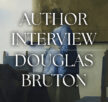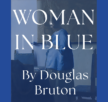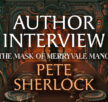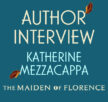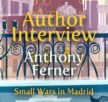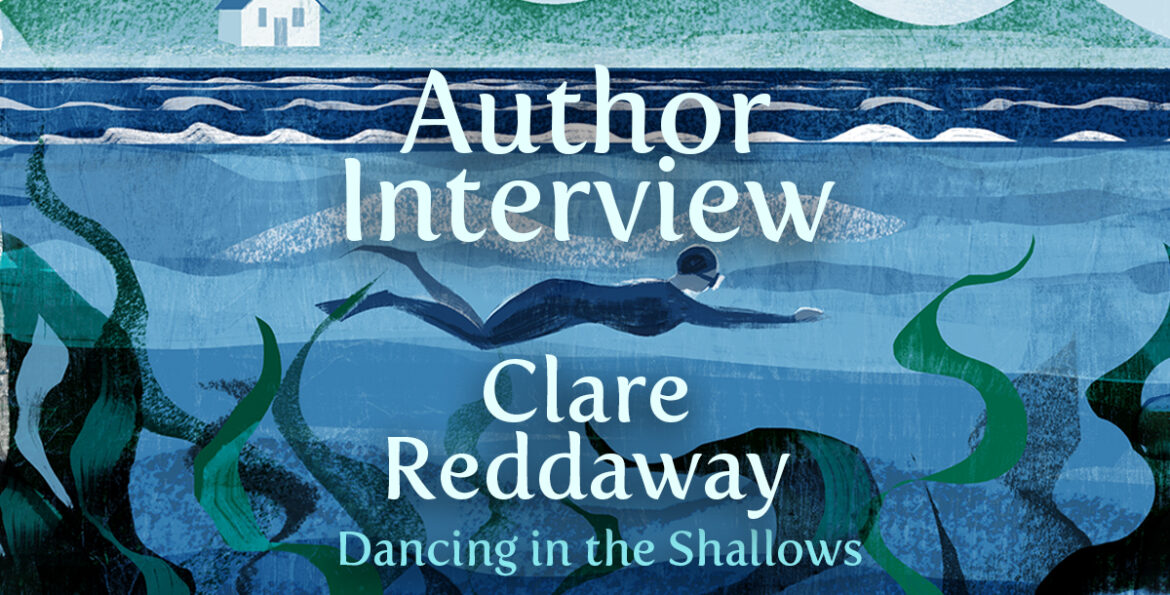

Clare Reddaway interview and exclusive extract
- 14th March 2024
- Category : Author,Blog,Interviews & Blogs
Clare Reddaway’s debut novel Dancing in the Shallows is our 19th Fairlight Modern. This gorgeous debut follows Isla Wintergreen as she discovers more about her family and generational inheritance all connected through her family’s relationship to water. Read on to learn more about Clare’s writing process and to read an exclusive extract of Dancing in the Shallows.
How did you start writing and what does writing mean to you?
I’ve always loved stories. I spent my childhood immersed in books, and when I grew up I worked in television documentaries and drama. I turned to writing myself about fifteen years ago, writing plays and short stories. For me, writing stories is how I make sense of the world around me. Telling stories is one of the ways we know we are human.
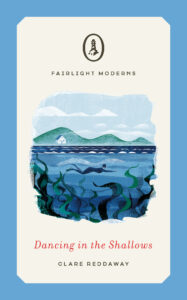 You have written quite a few plays and short stories, how has writing a full-length novella differed from your previous works?
You have written quite a few plays and short stories, how has writing a full-length novella differed from your previous works?
Writing a novella is like juggling jelly! I’d change one thing about a character or their life and it would have repercussions throughout the whole book. But I loved it. I loved having the space to explore my characters and their lives. It gave me the chance to think ‘ooo I wonder what would happen if I sent this character to x, and they met y?’ It was really fun.
What advice do you have for up-and-coming authors?
Write, as much and as often as you can. Do not wait for the perfect idea or the perfect phrase. Get something down on paper. You can’t edit if you’ve only got a blank sheet and no words.
Dancing in the Shallows follows the lives of several characters, which one was your favourite to write about?
Is it too cheesy to say I enjoyed them all? There are aspects of me in all of my characters, and aspects of people that I know and love, and I had great fun with all of them. I particularly relished researching the possibilities in Flora’s life. If I absolutely had to choose, I think my heart belongs to Isla – troubled and tricky and searching for her future.
Do you have a specific method or routine to your writing?
I find it is all too easy to let admin, emails and domestic chores distract me. There’s always something urgent to do, but actually it can usually wait. Nowadays I set a timer, either for 1 or 2 hours and I don’t allow myself to look at my phone, my emails, or to leave my desk, in that time. I force myself to focus and be productive. Once I am in the swing of it I can write for hours.
Why did you decide to set this work in the Isle of Skye?
I know Scotland well, and I love it. However I’d never been to Skye. It was the first place I went after lockdown, and I was blown away by the beauty of the landscape. It felt strange and mystical and other, it was full of weird mountain shapes, remote lochs and isolated cottages. I loved the swirling mists, the sunsets, the reflections of the clouds in glassy water. It seemed like a place out of a myth, and I wanted to spend more time there. So I did, if only in my head.
What most inspired this work?
Swimming was the initial inspiration for this work, peculiar as that might sound. When public swimming pools were closed during the first lockdown, I had no idea how much I’d miss the sensation of being in the water. When pools were allowed to open again and I went swimming for the first time for months, I was so delighted by the experience that I laughed out loud (which was very disconcerting for my fellow swimmers). I created a character who loves swimming – Isla – and the story flowed from there. Love of water and the sensations of swimming run through the whole book.
If you could say anything to Isla, what would it be?
Be brave. Be certain. Take risks (although actually I don’t think I need to tell Isla that! I’m probably telling myself). Step into the unknown. Let yourself by happy.
What did you find to be the most difficult element to write?
I found it difficult to know when to stop. I could have written so much more about each of the characters, about different moments in their lives, and indeed about other family members and their interactions. There were people who didn’t make it into the final book – Bram’s mother for instance – who I would have liked to spend more time with. One character who I discovered I had more to say about was Flora, a mid-twentieth century female seaweed scientist. Maybe she will reappear in my writing in the future.
What is one thing you want readers to take away from Dancing in the Shallows.
For me, one of the ways I defined each of the different characters in the book was by how open or closed they were to taking risks. I hope that some of the characters demonstrate how sad it is if you can’t, or for whatever reason you are not able to take a risk, to step into the unknown. So perhaps readers might like to consider embracing risk in their lives? (Emotional risk, not physical risk! No walking along the edges of a parapets!) Oh, and also, go to Skye. It’s lovely.
If you could describe Dancing in the Shallows in one word, what would it be?
Rippling.
*
Keep reading for a sneak peek of Dancing in the Shallows…
Isla lowered herself into the shallow end of the pool.
The water was blood-warm, like soup or a half-drunk latte. The smell of chlorine was acrid and chemical. She could feel it scorching the inside of her nose and the tender backs of her knees. The pool was crowded, of course – this was the six o’clock post-work commuter slot. The slow lane was very slow; an elderly man was being overtaken by a sedate trio of middle-aged ladies, their heads held high like carefully coiffed blonde swans. Isla snapped on her goggles and ducked under the rope into the middle lane. The swimmers were faster here, slicing through the water with a certain style. She glanced over at the churning fast lane: capped heads ducking in and out of the water, mouths open, gasping like landed fish. Not for her, not today. There was a space in the steady stream of swimmers in the middle lane. She pushed off.
The email had dropped into her inbox that morning. They’ve made an offer, James said. James Digby, that is, of Brodie, Digby and McDonald, Estate Agents: ‘her’ estate agents, dealing with ‘her’ estate. It’s a good offer, James said, it’s over the asking price. No chain. They’ll take the property off your hands and the money will be in your account in no time. Just ping me a confirmation that you want to accept.
She did want to accept. Of course she did.
She was thrilled that someone wanted to buy it.
She was.
‘What’s that grandfather of yours doing, leaving you some ruin in the middle of nowhere?’ Mum had said. ‘It’s typical, that’s what it is. Bloody typical. Course, if it was down here it would be worth an arm and a leg, but up there… well.’
Isla was in a swim queue. The bald man in front of her was doing a proficient overarm crawl, but he was held up by a scrawny bloke with a hipster beard and red trunks doing a jerky breaststroke. Crawl Man couldn’t overtake, as he’d crash into the line of swimmers coming the other way, obediently following the designated anticlockwise route. Isla had to be careful that her fingers didn’t brush the soles of Crawl Man’s feet as he scissored his legs up and down. She also had to be careful he didn’t kick her in the face. She slowed her pace. Why couldn’t the slow swimmer go into the slow lane? Why couldn’t he get out of her way? An unexpected red wave of fury flowed up her body, from her toes to her face. She put it down to the traffic jam, to swim rage. That was surely the explanation.
*
Dancing in the Shallows is publishing 14 March 2024. Order now from Blackwell’s, Bookshop.org or Waterstones. To look at our full collection of Fairlight Moderns click here.


